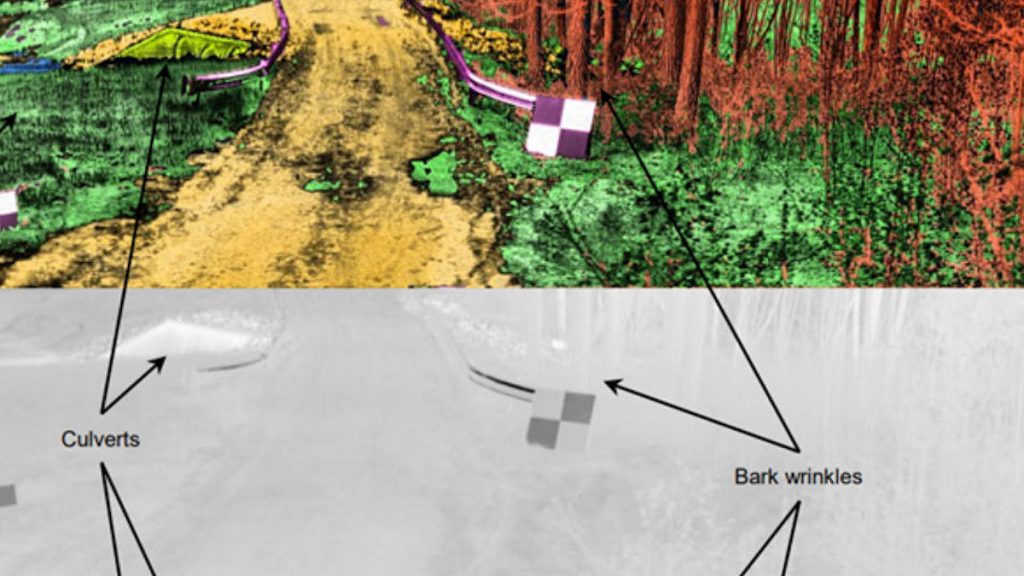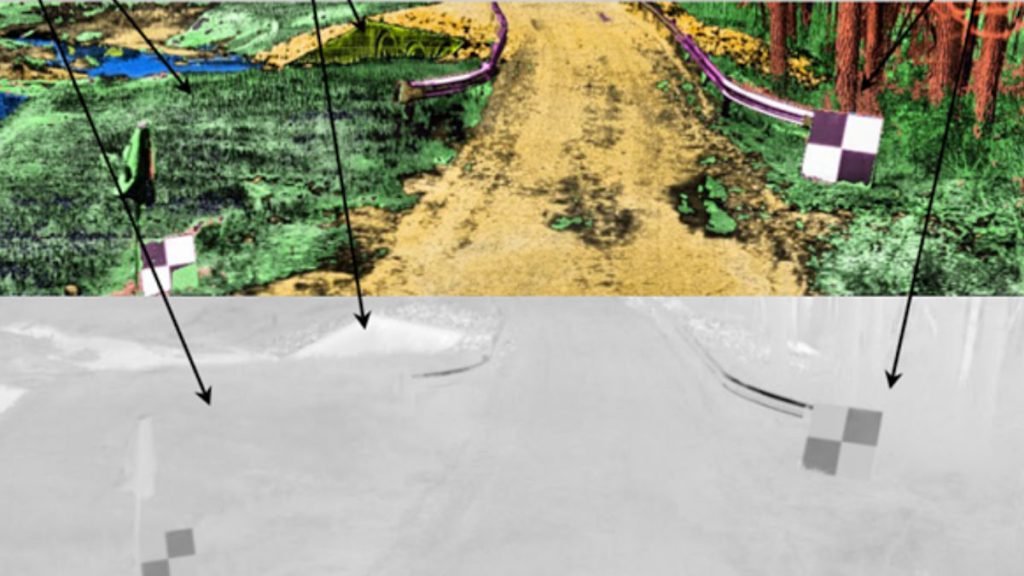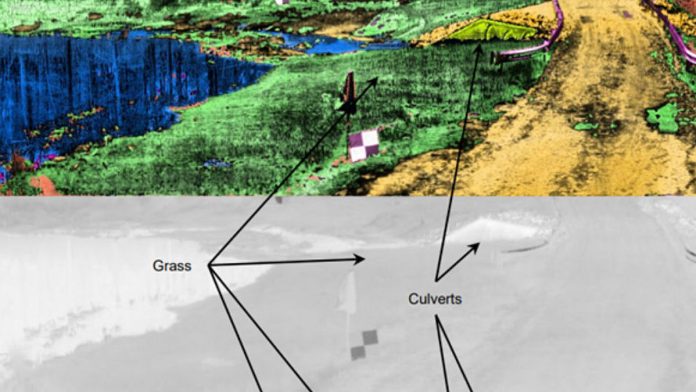AI Thermal Imaging Developed For Dark Complex Environments.
AI Thermal Imaging Developed – Thermal imaging has been developed that allows AI equipped devices to see in complete darkness in complex and challenging environments.
Called HADAR (heat-assisted detection and ranging), the technology was developed by Zubin Jacob and Fanglin Bao, and it enhances the ability of thermal sensors to express details in their environment.
Traditional thermal imaging is a passive sensing method that collects invisible heat radiation from objects in a scene. It can sense through darkness, inclement weather and solar glare, but fundamental challenges hinder its use.
“Objects and their environment constantly emit and scatter thermal radiation, leading to textureless images famously known as the ‘ghosting effect,” Bao said.
“Thermal pictures of a person’s face show only contours and some temperature contrast; there are no features. This loss of information, texture and features is a roadblock for machine perception using heat radiation.”
According to Jacob, machine perception of the future will overcome a long-standing dichotomy between day and night.
“Our work builds the information theoretic foundations of thermal perception to show that pitch darkness carries the same amount of information as broad daylight but evolution has made human beings biased toward the daytime,” Jacob said.

HADAR vividly recovers the texture from the cluttered heat signal and accurately disentangles temperature, emissivity and texture, or TeX, of all objects in a scene, explains Bao.
“It sees texture and depth through the darkness as if it were day and also perceives physical attributes beyond RGB, or red, green and blue, visible imaging or conventional thermal sensing,” he said. “It is surprising that it’s possible to see through pitch darkness like it’s broad daylight.”
AI Thermal Imaging Developed
The team tested HADAR TeX vision using an off-road nighttime scene.
“HADAR TeX vision recovered textures and overcame the ghosting effect,” Bao said. “It recovered fine textures such as water ripples, bark wrinkles and culverts in addition to details about the grassy land.”
Additional improvements to HADAR will include making the hardware more compact and increasing the data collection speed.
“The current sensor is large and heavy, since HADAR algorithms require many colours of invisible infrared radiation,” Bao said. “We need to bring down the size and price while also making the cameras faster. The current sensor takes around one second to create one image, but we need around 30 to 60 hertz frame rate, or frames per second.”
Traditional active sensors like LiDAR, or light detection and ranging, radar and sonar emit signals and subsequently receive them to collect 3D information about a scene. These methods have drawbacks that increase as they are scaled up, including signal interference and risks to people’s eye safety. In comparison, video cameras that work based on sunlight or other sources of illumination are advantageous, but low-light conditions such as nighttime, fog or rain present a serious impediment.
HADAR TeX vision’s initial applications are automated vehicles and robots that interact with humans in complex environments. The technology could be further developed for agriculture, defense, geosciences, health care and wildlife monitoring applications.
You can find more information on Hadar here or see more SEN news heres.
“AI Thermal Imaging Developed For Dark Complex Environments.”












